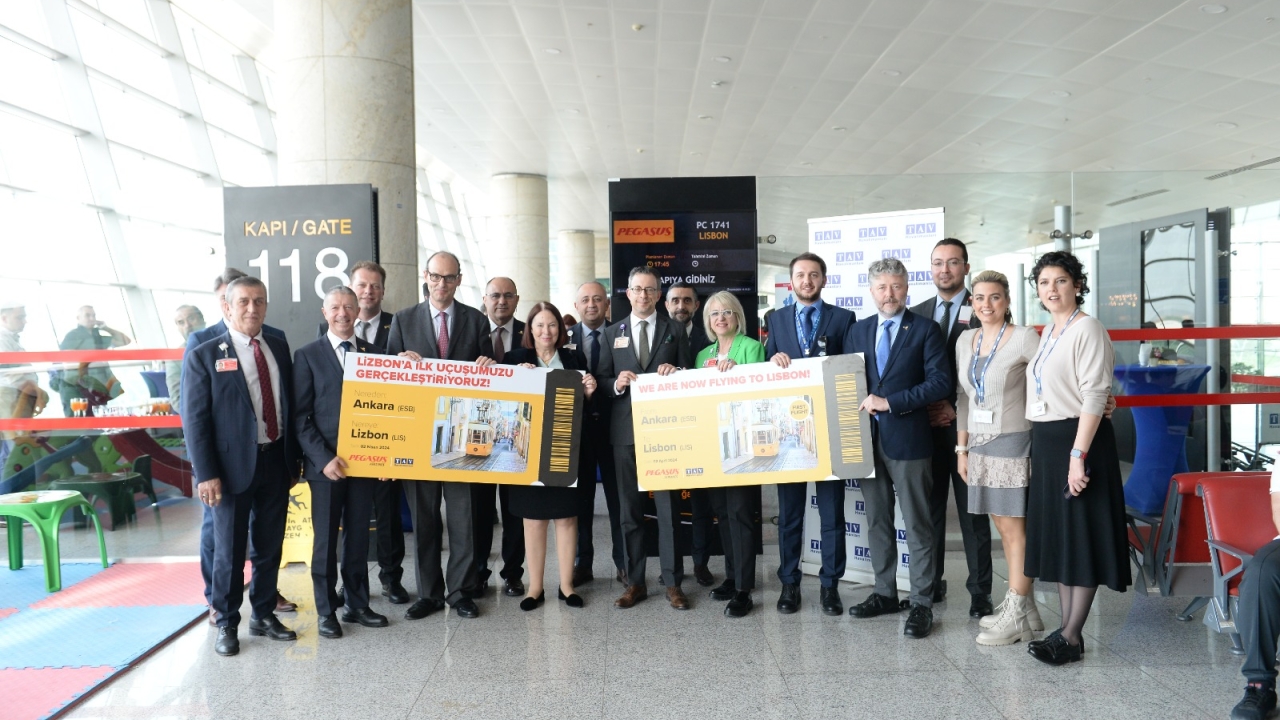Middle East carriers had a 1.6% increase in demand for July

All regions posted traffic increases. Monthly capacity (available seat kilometers or ASKs) increased by 3.2% and load factor rose 0.3 percentage point to 85.7%, which is a new high for any month.
“July’s performance marked a soft start to the peak passenger demand season. Tariffs, trade wars, and uncertainty over Brexit are contributing to a weaker demand environment than we saw in 2018. At the same time the trend of moderate capacity increases is helping to achieve record load factors,” said Alexandre de Juniac, IATA’s Director General and CEO.
Middle East carriers had a 1.6% increase in demand for July, well down on the 8.3% growth recorded for June, after the end of Ramadan. Weakness in global trade, volatile oil prices and heightened geopolitical tensions have been negative factors for the region. July capacity climbed 1.0% compared to a year ago and load factor rose 0.4 percentage point to 81.3%.
Other international passenger markets
July international passenger demand rose 2.7% compared to July 2018, which was a deceleration compared to the 5.3% growth recorded in June. Capacity climbed 2.4%, and load factor edged upward 0.2 percentage point to 85.3%. All regions reported growth, led by airlines in Latin America.
African airlines’ July traffic rose 3.6%, a significant decline from 9.8% growth recorded in June, as weakening business confidence in South Africa offset solid economic conditions elsewhere on the continent. Capacity rose 6.1%, and load factor slipped 1.7 percentage points to 72.9%.
Asia-Pacific airlines’ July traffic rose 2.7% over the year-ago period, a slowdown compared to June growth of 3.9% and their weakest performance since early 2013. Capacity increased 2.4% and load factor rose 0.2 percentage point to 82.6%. US-China and Japan-South Korea trade tensions as well as political tensions in Hong Kong all have weighed on business confidence.
European carriers registered a modest 3.3% annual growth in July, down from a 5.6% year-over-year increase in June. This is the slowest rate of growth since mid-2016. Continuing uncertainty over Brexit and slowing German exports and manufacturing activity contributed to a weakening in business and consumer confidence. Capacity rose 3.2%, and load factor climbed 0.1 percentage point to 89.0%, highest among the regions.
North American airlines’ traffic climbed 1.5% compared to July a year ago. This was down from 3.5% growth in June, reflecting the slowdown in the US and Canadian economies and the trade disputes. July capacity rose 0.7% with the result that load factor climbed 0.7 percentage point to 87.9%, second highest among the regions.
Latin American airlines experienced a 4.1% rise in traffic in July, which was the strongest growth among the regions but a decline from 5.8% year-over-year growth in June. It occurred amid continued disruption following the demise of Avianca Brasil and more challenging business conditions in some key regional economies. Capacity rose 2.7% and load factor climbed 1.1 percentage points to 85.6%.
Stay up to date
Subscribe to the free Times Aerospace newsletter and receive the latest content every week. We'll never share your email address.

